Sherpas Cinema’s 2011 flick, All.I.Can, cleaned up at the various award ceremonies of that year, and the company’s latest release, Into The Mind, is following suit. One of the men behind these award winning films is director/producer Eric Crosland; he grew up with the Canadian Rockies as his backyard, which instilled in him a sense of adventure and love for the mountain community. Along with high school friends Dave Mossop (director) and Malcolm Sangster (producer), Crosland has transferred his love for adventuring in the mountains into his work with Sherpas Cinema, producing some of the most visually striking films in adventure filmmaking. We caught up with Eric to talk about the past, present and future of Sherpas Cinema.
Eric says:
Growing up in Calgary was a very lucky thing. There is a great ski community in the Canadian Rockies, which is just two hours from your door step. I still love that place, however, the snowpack is very sketchy.
Sherpas Cinema is a collective of artists who share a common bond for a life in the mountains.
The most difficult part of these two-year projects is by far the editing. Having twice as much footage, the same length of film, and the pressure you put on yourself to do something new and cool is extremely stressful. You start out with what feels like a long time, then the clock starts ticking and the pressure cooker is on. Also, spending large chunks of time away from my son is very hard on both of us.
The most rewarding part of these two-year projects is a combination of things: first having the opportunity and support to make a film. This is a gift from god. Second, it’s when someone really enjoys your film and you find out in a non-bullshit sort of way. Third, and by far the most important for me, is the friendships you make while you’re filming and working. The behind the scenes friendships I have with athletes and other filmmakers are what I truly find the most rewarding.
Kahiltna Glacier and Mt. Hunter, Denail National Park, Alaska. Photo by Adam Clark.
Bringing so much gear into the backcountry, you become very slow and dependent on electricity. I sort of learned some techniques from Kris Ericson and Jimmy Chin that I took to Alaska. When you’re climbing just bring one battery, two lenses and that’s it. If it’s too heavy, you become too lazy to take the camera out, then you really start missing shots. With the RED Epic you need lots of space to store your data, so running a computer and hard drive system in the backcountry is hard. On the Epic camera I can easily shoot 250 gigs a day. We use a lot of Goal Zero solar panels to charge the red brick batteries and sometimes if it’s mid winter a 2,000 watt Honda generator. I also bring a complete other camera package as back up.
All.I.Can taught us that skiers want to be connected to the natural world.
Into the Mind is a visual story about pushing the limits in the mountains, it highlights three possible outcomes.
Collaboration in the editing studio is essential in making a film. Editing is where the whole battle is won or lost. Athletes can often be upset with the filmmakers. It’s emotional. Everyone works so hard and there is only so much room for footage, and so many factors go into whether or not the shot makes it [in the film]. First, the rider has to nail it at the same time the cameraman has to nail it—much easier than the skiing. Then, the edit has all sorts of parameters like, working with the music, matching the rider’s kits to previous shots. Editors fall in love with artistic shots and riders want the skiing to be the main focus. So it’s a give and take sort of thing. All of our athletes tend to be really cool and trust us. We put them through the ringer for sure, so thanks guys for all of your hard work.
In the future, Sherpas Cinema will be working even harder to bring you the best possible content.
I’m inspired by the natural world and other works of great art and athleticism. Exploring the far reaches of the planet is a huge passion of mine. Artistically, I’m inspired by the following artists: Ron Fricke, Michel Gondry, Mark Romanek, Spike Jones, and Renan Ozturk.
My favorite athletes to work with are a variety of people. However, Chris Rubens and Hoji are like brothers, we all grew up together in the Alberta Rockies. They just make fun of me the whole time and cut me down to size. They keep me grounded with absolutely no bullshit, and no mousey communication.
Keeping up with the athletes in the backcountry is very difficult sometimes, but everyone we shoot with is very professional and they wait and carry tripods and help out, so it’s not a big deal. I’m a junior sledder though, and that is a whole different ball game. Chris Rubens had to dig me out in Revelstoke, like, 50 times.
Staying safe on these filming expeditions is the main goal. Everybody has to come home safe and sound or it’s an automatic fail. Safety is a giant team effort. I would say big-mountain skiing can be one the most dangerous genres in action sports. If someone on your team dies or gets badly injured when you’re on a shoot, it will change your life and everyone who is involved forever.
My favorite location I’ve ever filmed in was La Grave, France. If you’ve never been, you’ll just be one year older when you do.
My favorite part of doing more commercial work is demanding complicated coffee beverages every 45 minutes and spitting them back onto who ever brings them to me.
The athletes aren’t the only ones who have to summit these peaks. Photo by Adam Clark.
The distribution process is an ever-changing beast. The DVD will be dead in two to five years and yes, iTunes and the digital download will reign supreme. Although the DVD has way better margins, iTunes has a way higher frequency of buyers. So, now it’s a game of how good your online marketing is. Watch Red Bull if you want a tutorial in online marketing.
Ski porn is the best. It’s what drives the progression of our beloved sport.
The Wallisch Project and similar solo segments are a great way for athletes to control their own image and do exactly what they want to do. It’s also a great way to monetize short form content. I think we will be seeing a lot more it.
The future of ski filmmaking is finding the absolute perfect balance between a meaningful theme and the progressive athletic action.
My favorite aspect of what I do is living my life in the mountains.
Thanks to my wife Marlesa Crosland, all of the Sherpas, Camp4 Collective, The North Face, GoPro, Recco, Whistler Blackcomb, Black Diamond, Snowwater, Powder, Teva, Clif Bar, Arc’teryx, Fresh, evo, Salomon, Rossignol, Smith Optics, Bella Coola, Eagle Pass, Monster.
Related: 2013′s Best Ski Films: Read Freeskier’s review of Sherpas Cinema’s “Into The Mind”
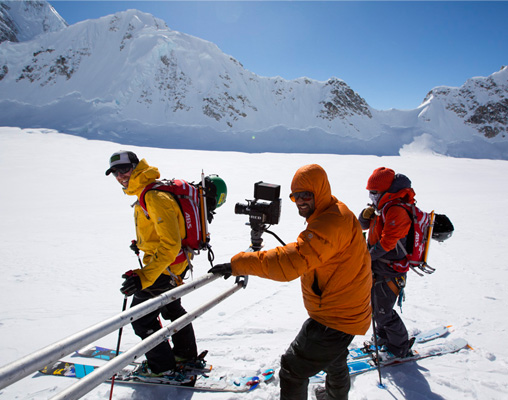
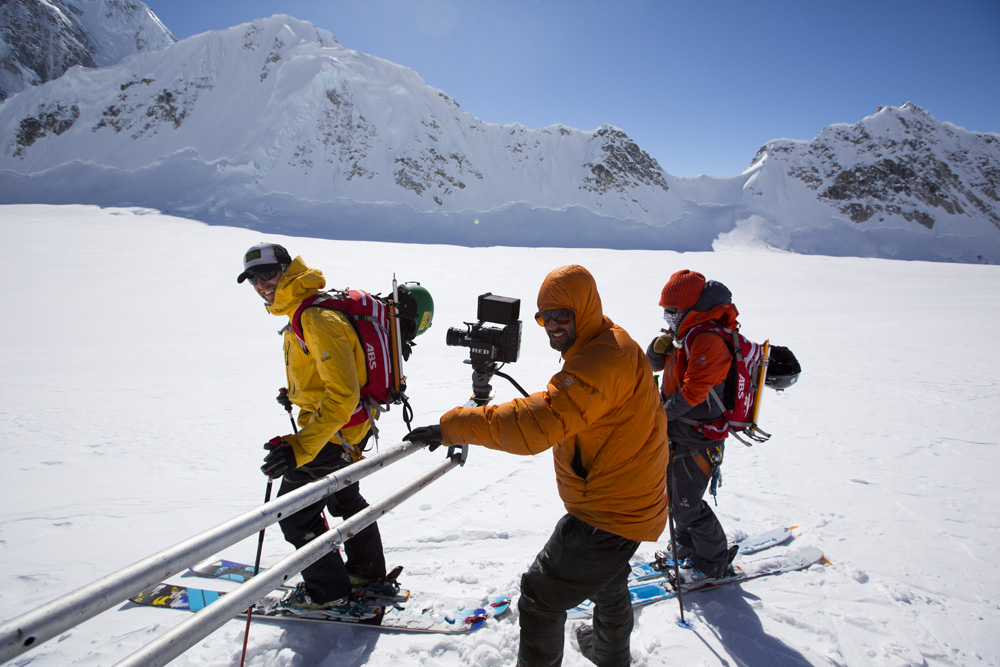
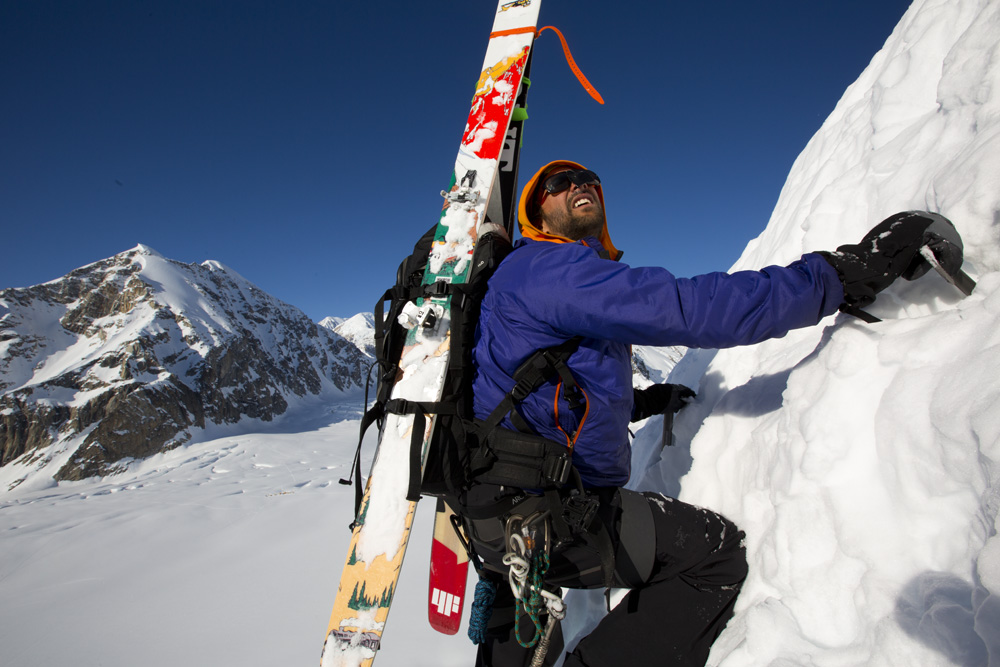
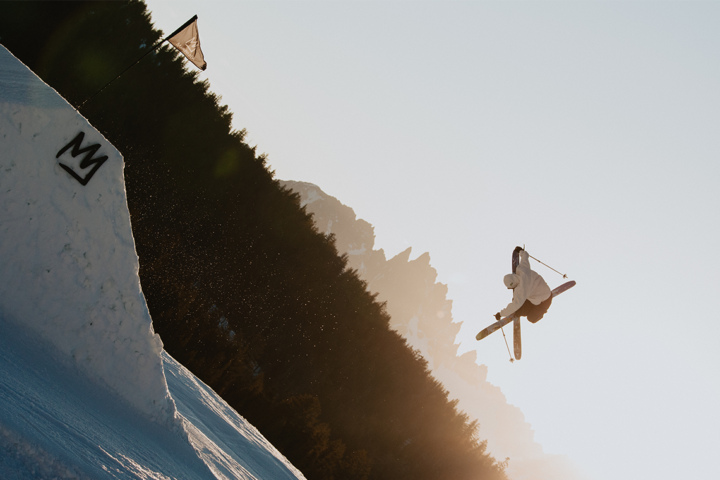
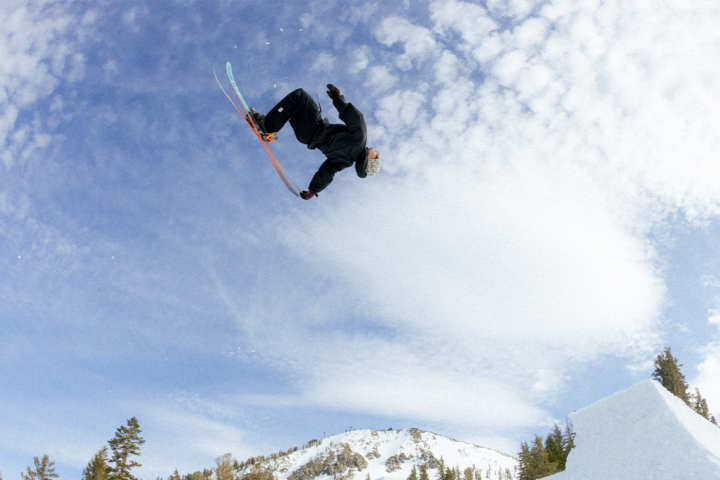
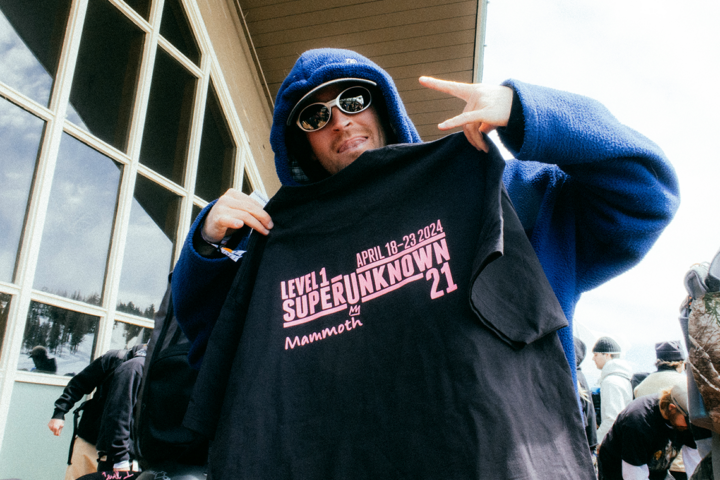
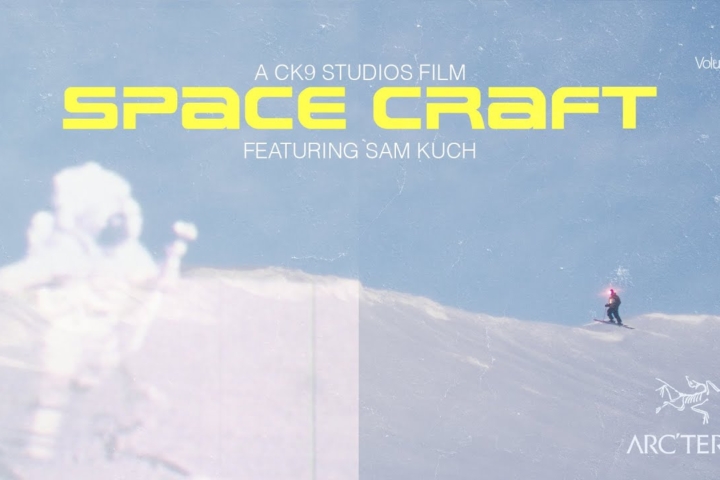

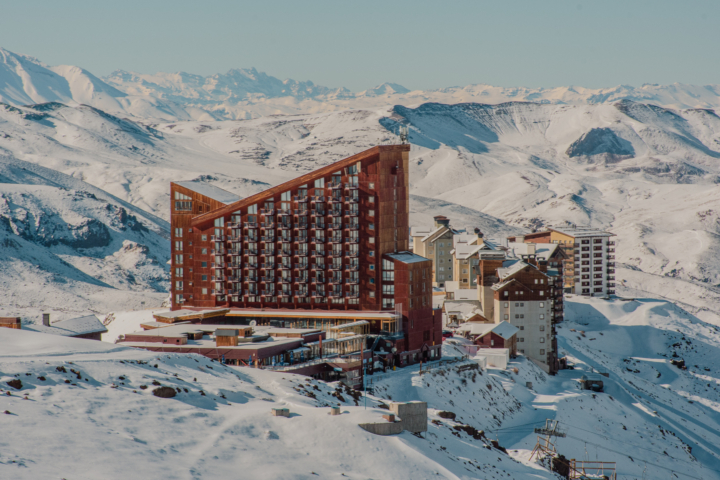


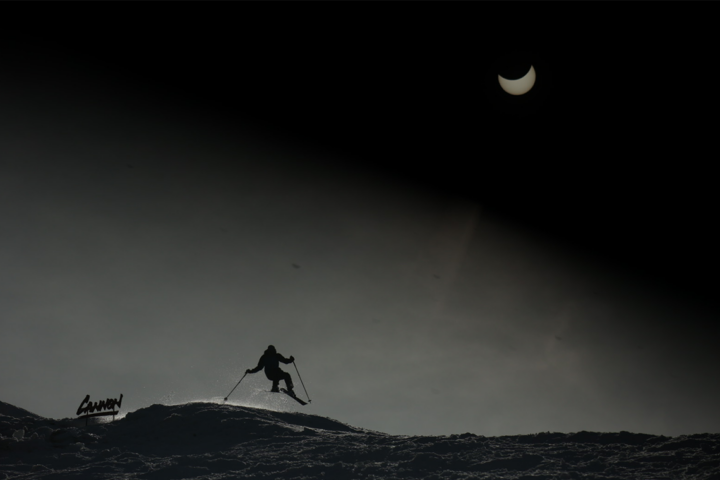
One thought on “Things I’ve Learned: Eric Crosland on past, present, future of Sherpas Cinema”
Comments are closed.